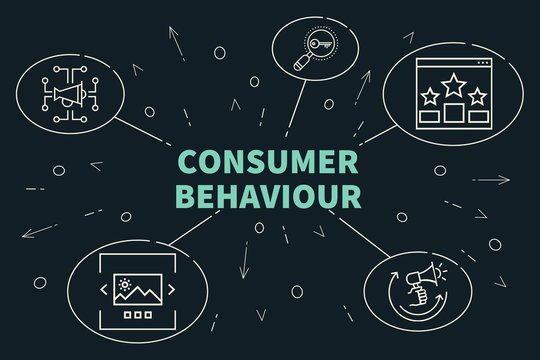Advertising plays a pivotal role in guiding purchasing decisions by leveraging psychological principles to persuade consumers to choose specific products over others. By studying consumer psychology, companies can design more impactful advertisements that boost sales and strengthen brand loyalty. But how exactly do advertisements influence buying choices?
1. Emotional Impact and Sensory Stimulation
Many advertisements rely on evoking emotions such as happiness, nostalgia, or even fear to capture consumer attention. For example, car commercials often feature scenes of adventure and freedom to spark desire, while luxury brands emphasize exclusivity and sophistication. When consumers emotionally connect with an ad, they become more likely to make a purchase.
2. Social Influence and Credibility
Social influence is one of the most powerful psychological factors affecting consumers. Many people rely on celebrity endorsements or peer reviews when making buying decisions. Companies capitalize on this phenomenon by collaborating with social media influencers or showcasing customer testimonials in their ads to build trust in their products.
3. The Scarcity Principle and Exclusive Offers
Many ad campaigns use the principle of scarcity, such as limited-time offers or special-edition products. This tactic encourages consumers to act quickly out of fear of missing out (FOMO). Phrases like “Offer ends soon!” or “Limited stock!” create a sense of urgency that drives faster purchasing decisions.
4. The Role of Colors and Visual Design
Colors and design play a crucial role in grabbing attention and shaping consumer emotions. For instance:
- Red symbolizes energy and excitement, often used in food ads to stimulate appetite.
- Blue conveys trust and stability, making it popular in banking and tech advertisements.
Strategic visual elements can significantly influence how consumers perceive a brand.
5. Targeted Advertising and Artificial Intelligence
With technological advancements, ads have become more personalized thanks to AI and data analytics. Companies collect consumer data on interests and online behaviors, allowing them to deliver highly targeted ads that increase conversion rates.
Conclusion
Advertisements profoundly influence purchasing decisions by triggering emotions, leveraging social proof, using scarcity tactics, and employing captivating designs. Thanks to technological progress, businesses now have an even deeper understanding of consumer psychology, enabling them to craft highly effective marketing campaigns that drive sales and foster long-term customer loyalty.

